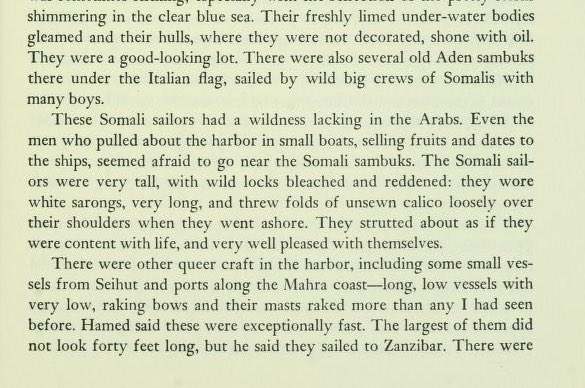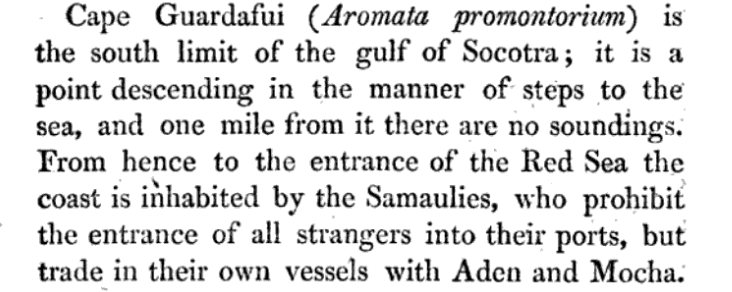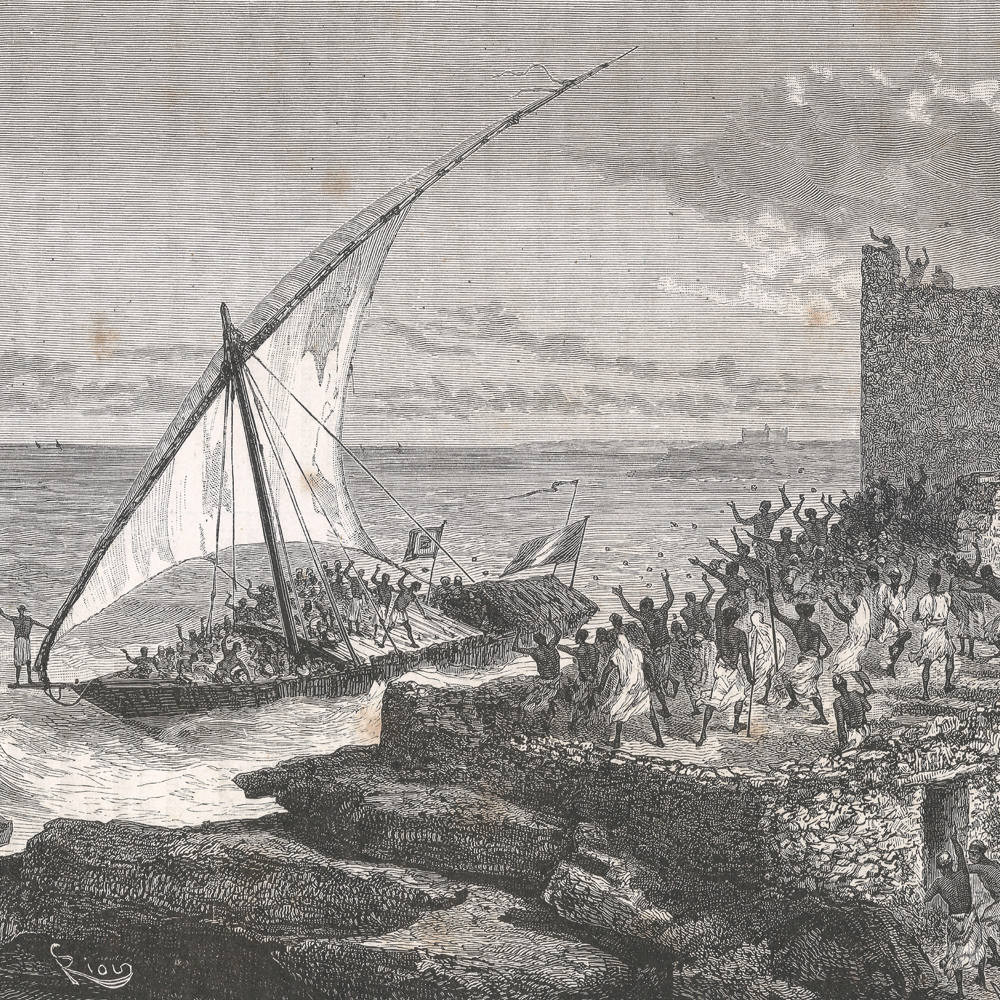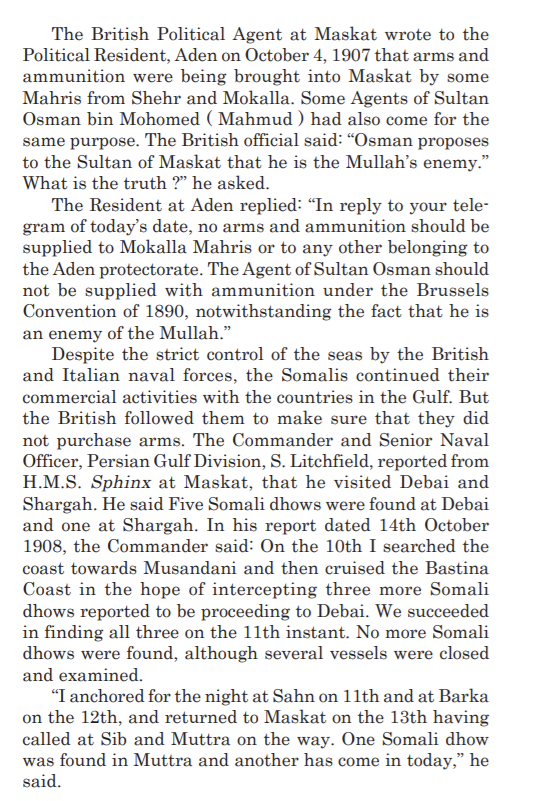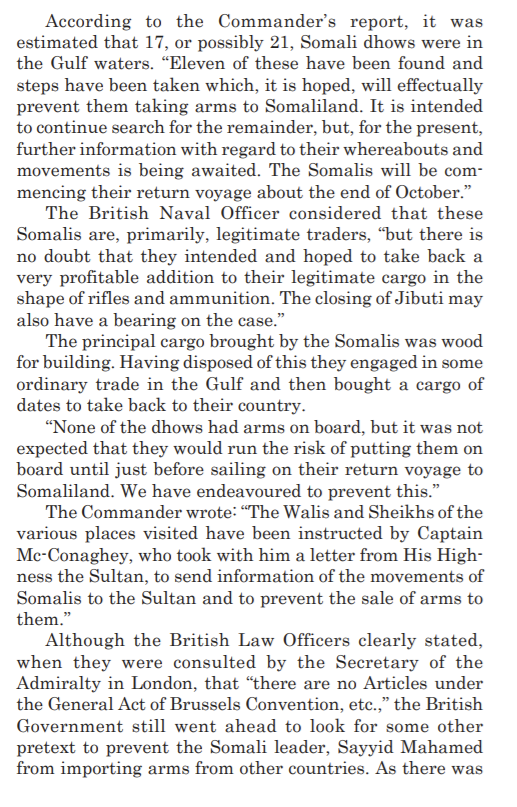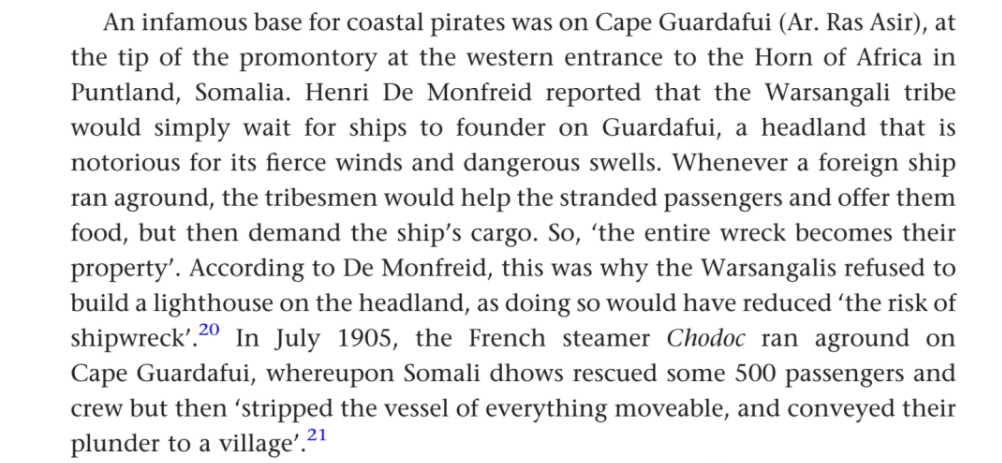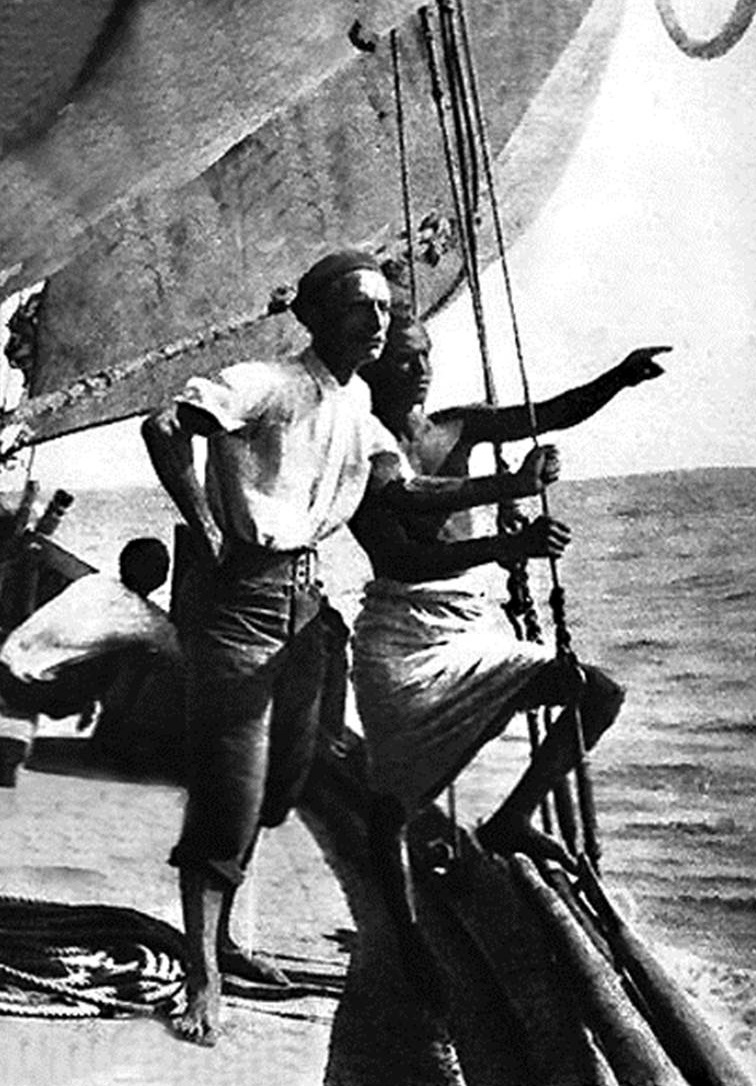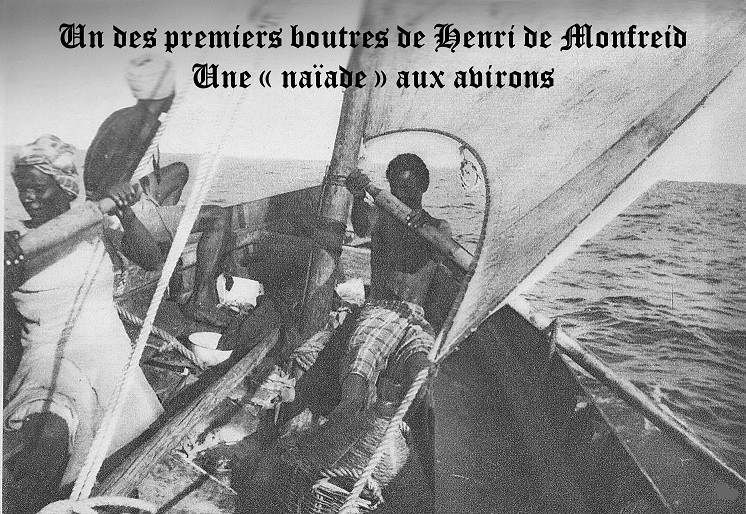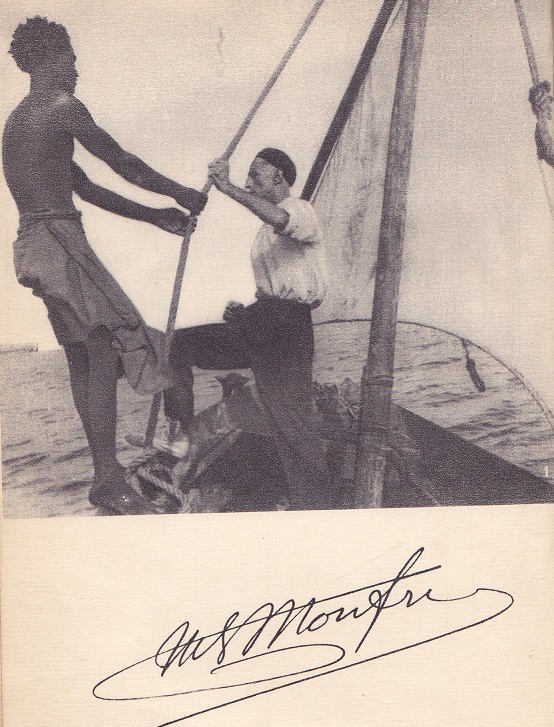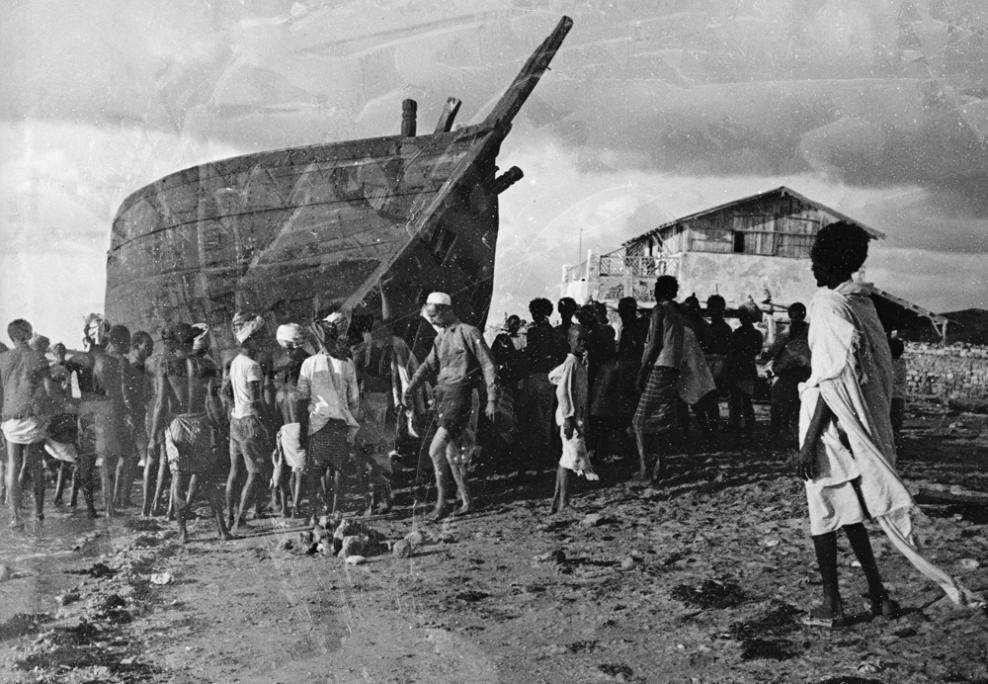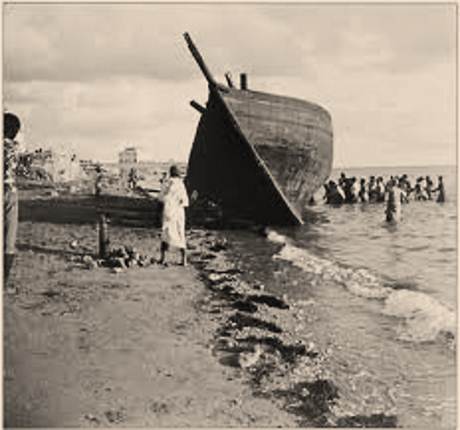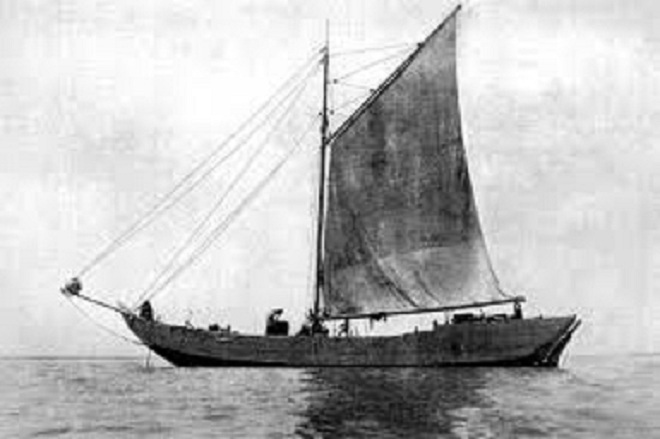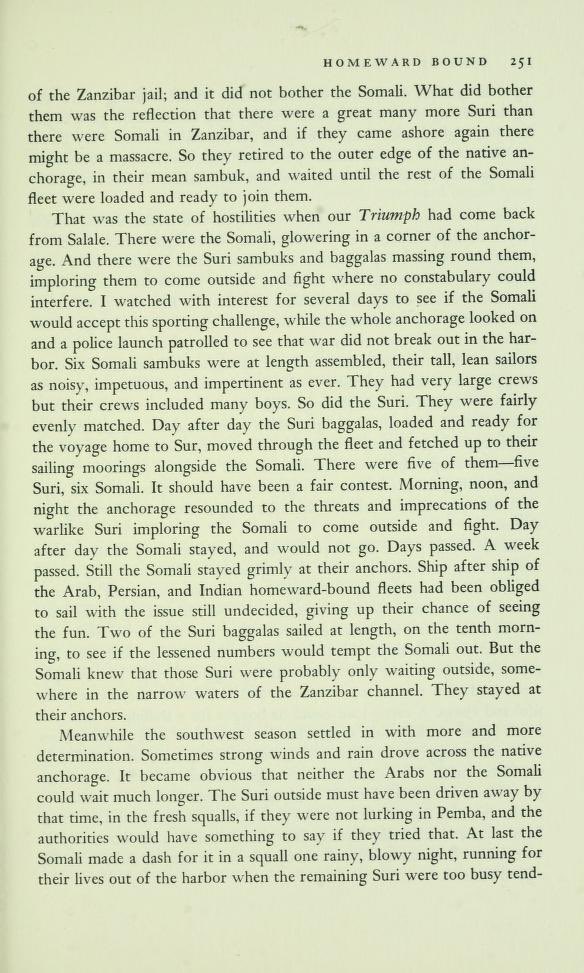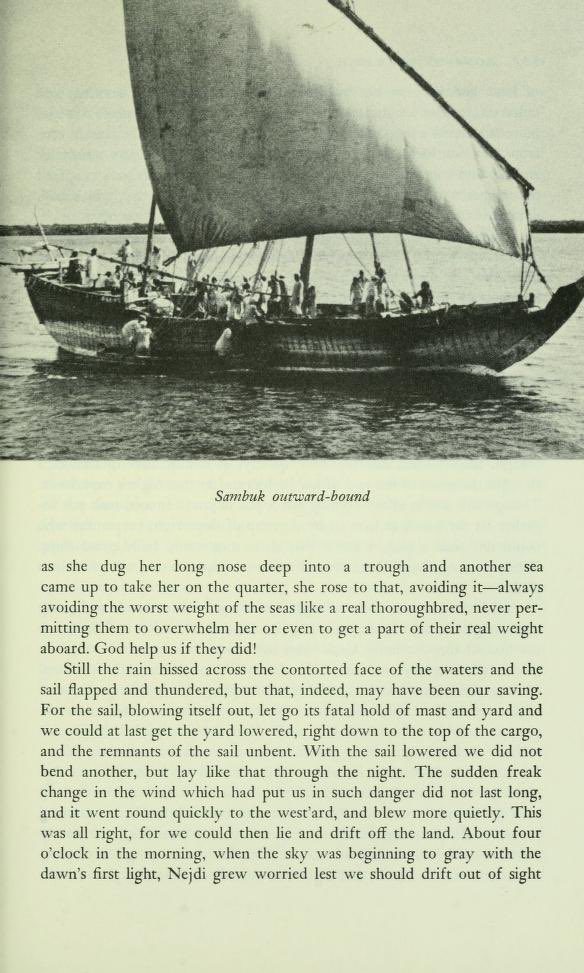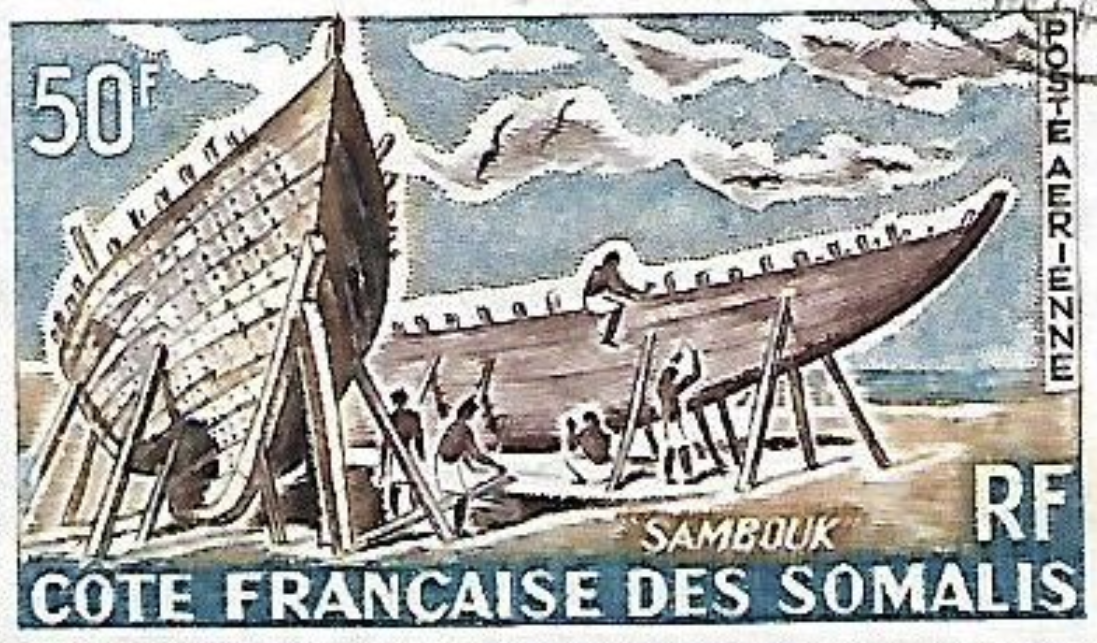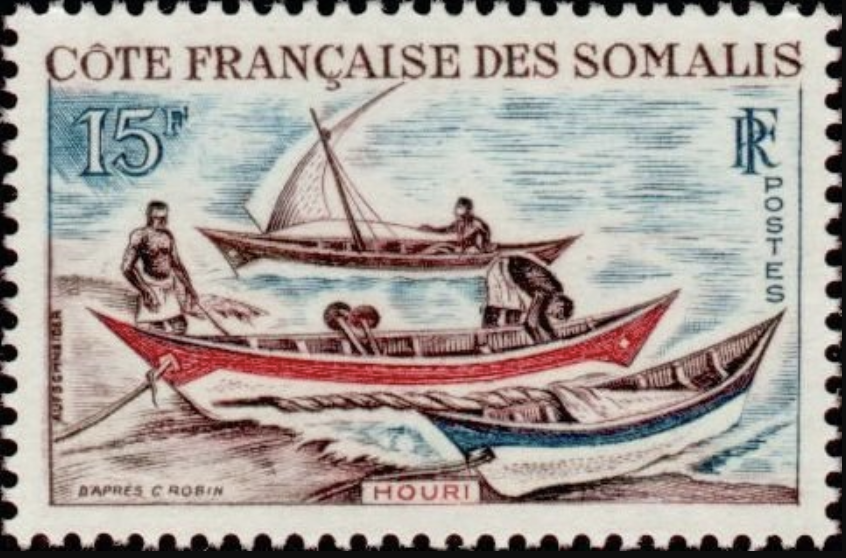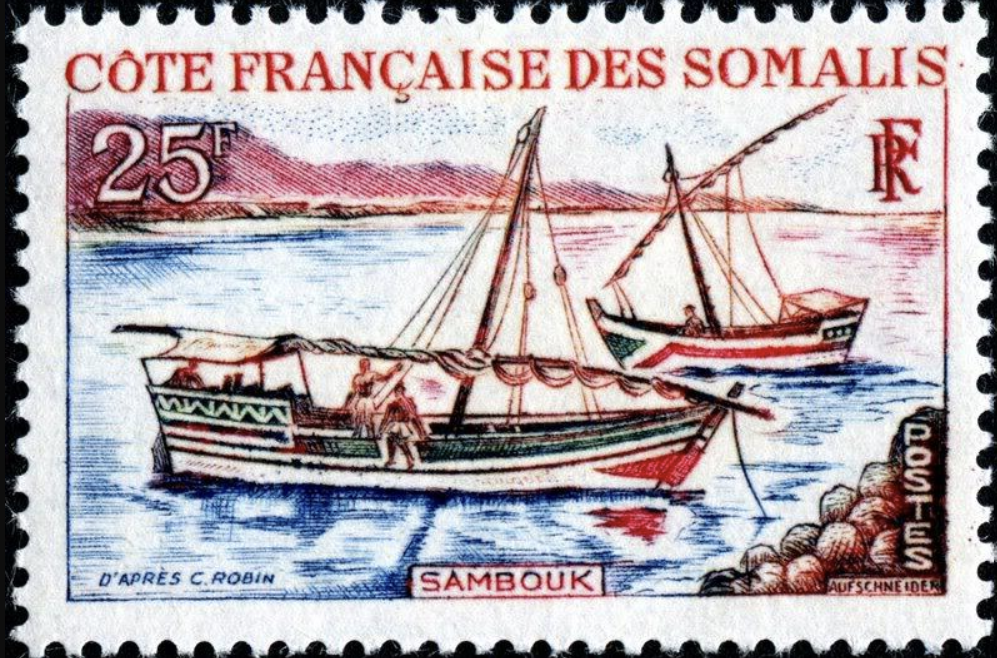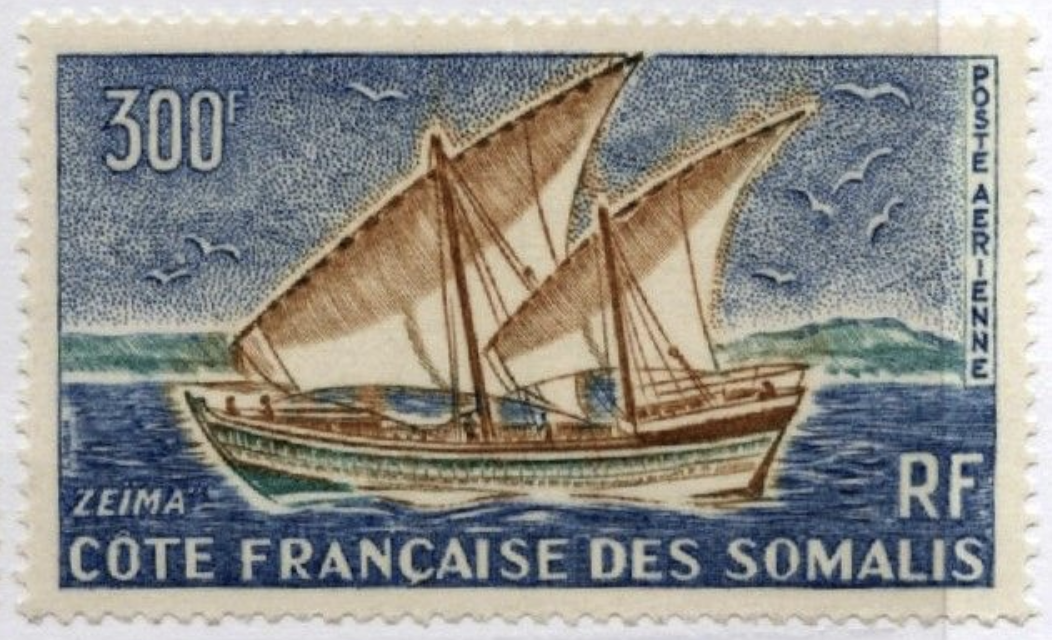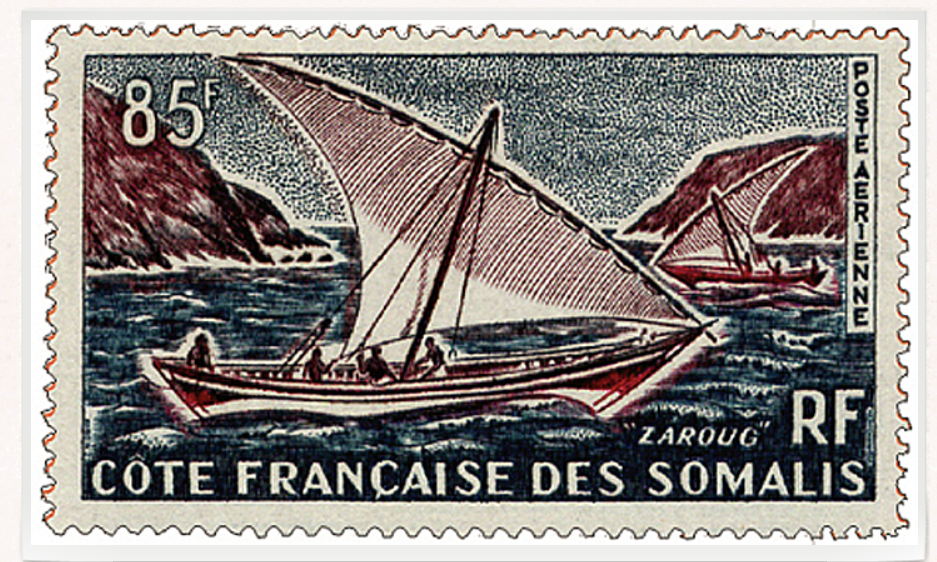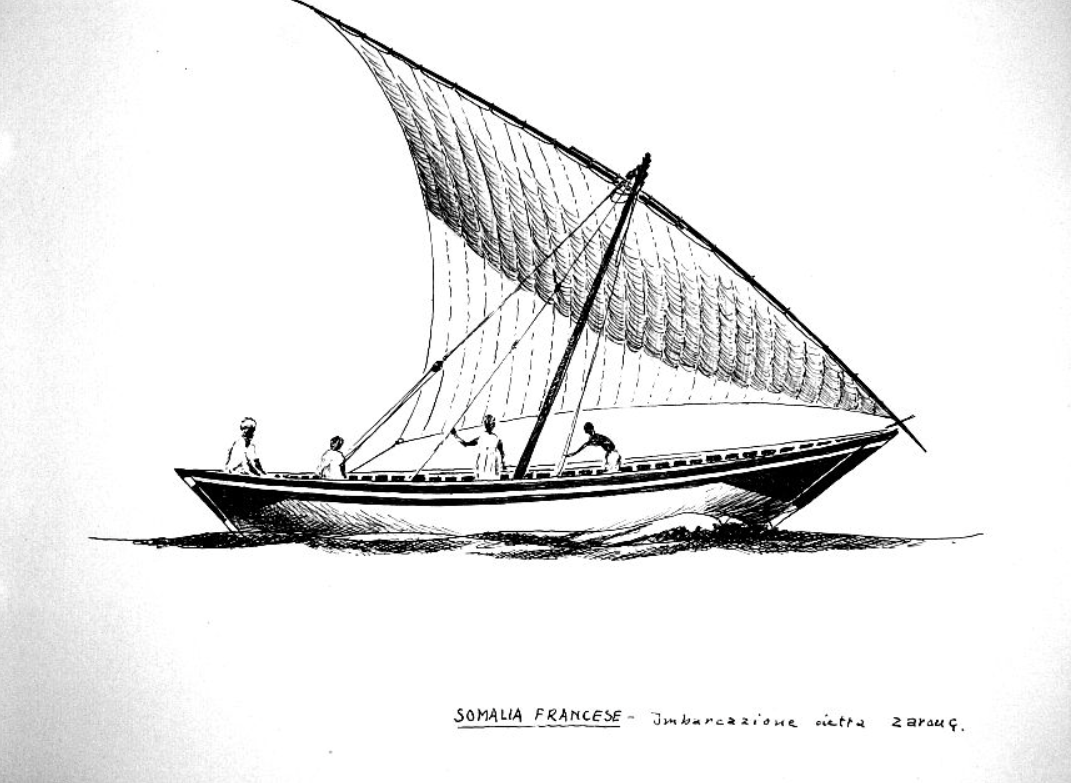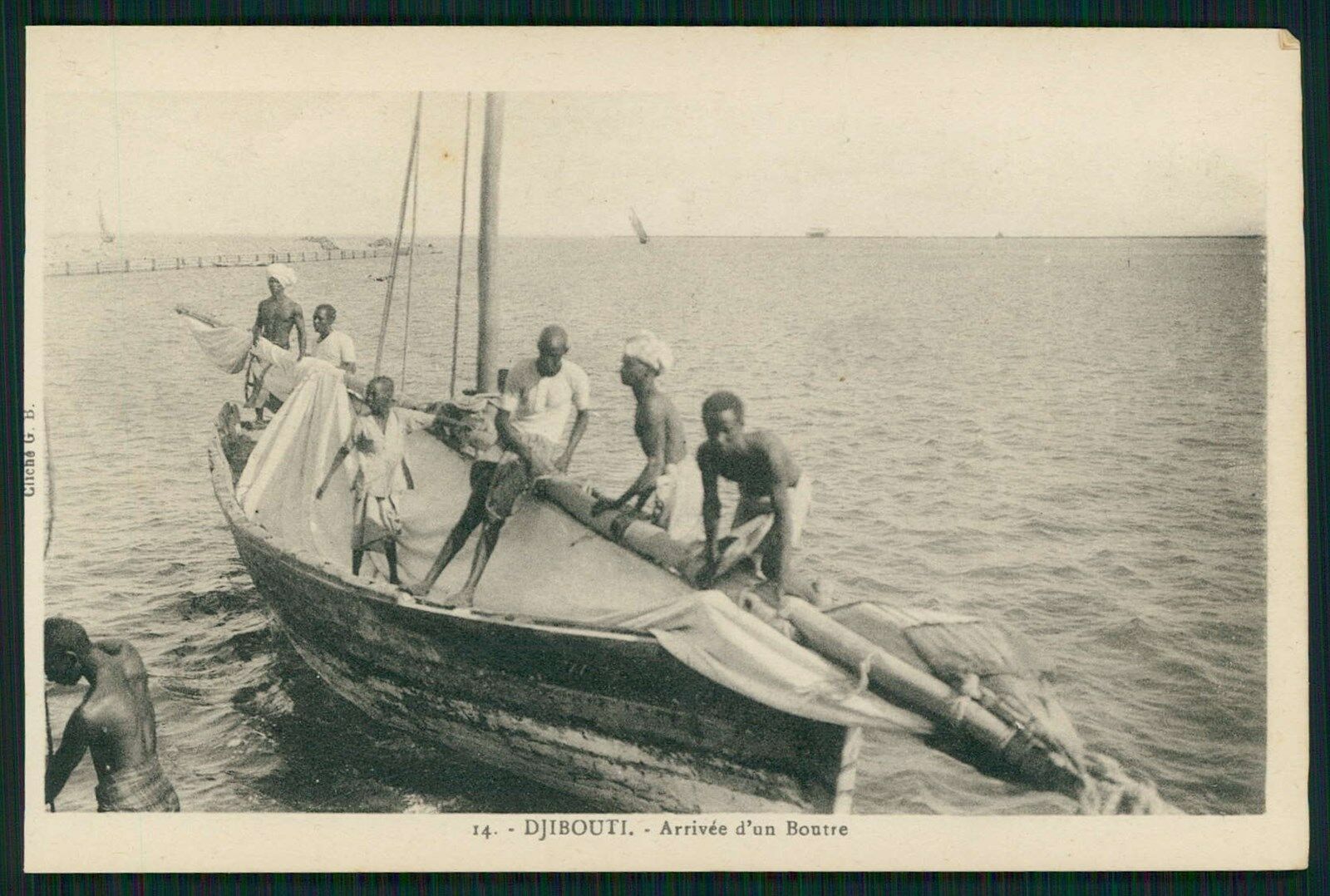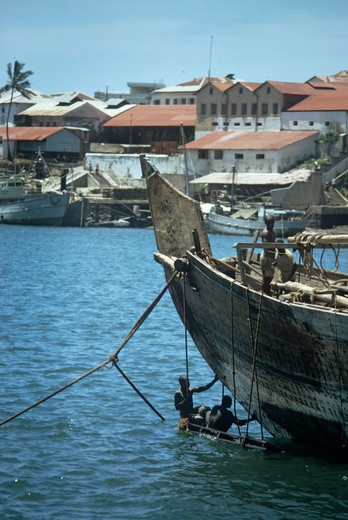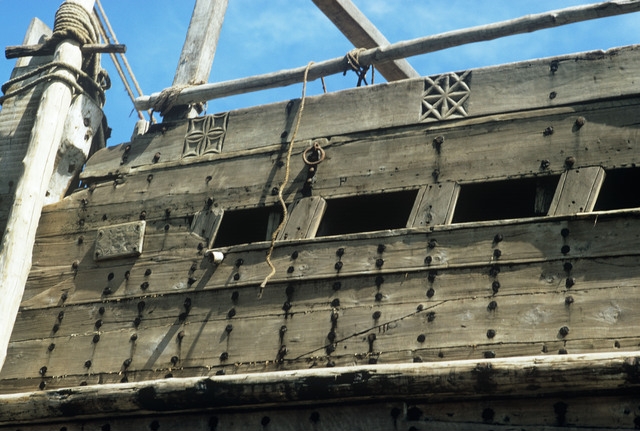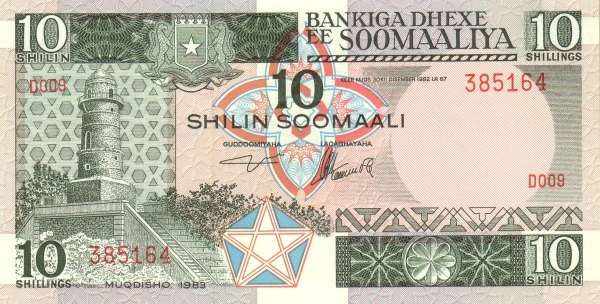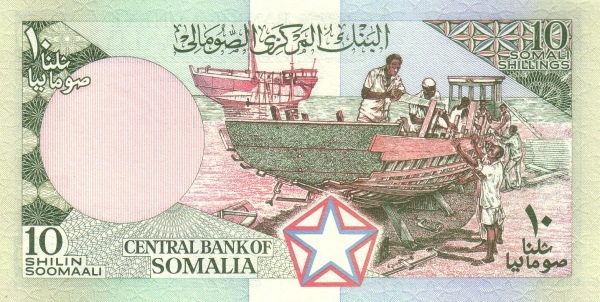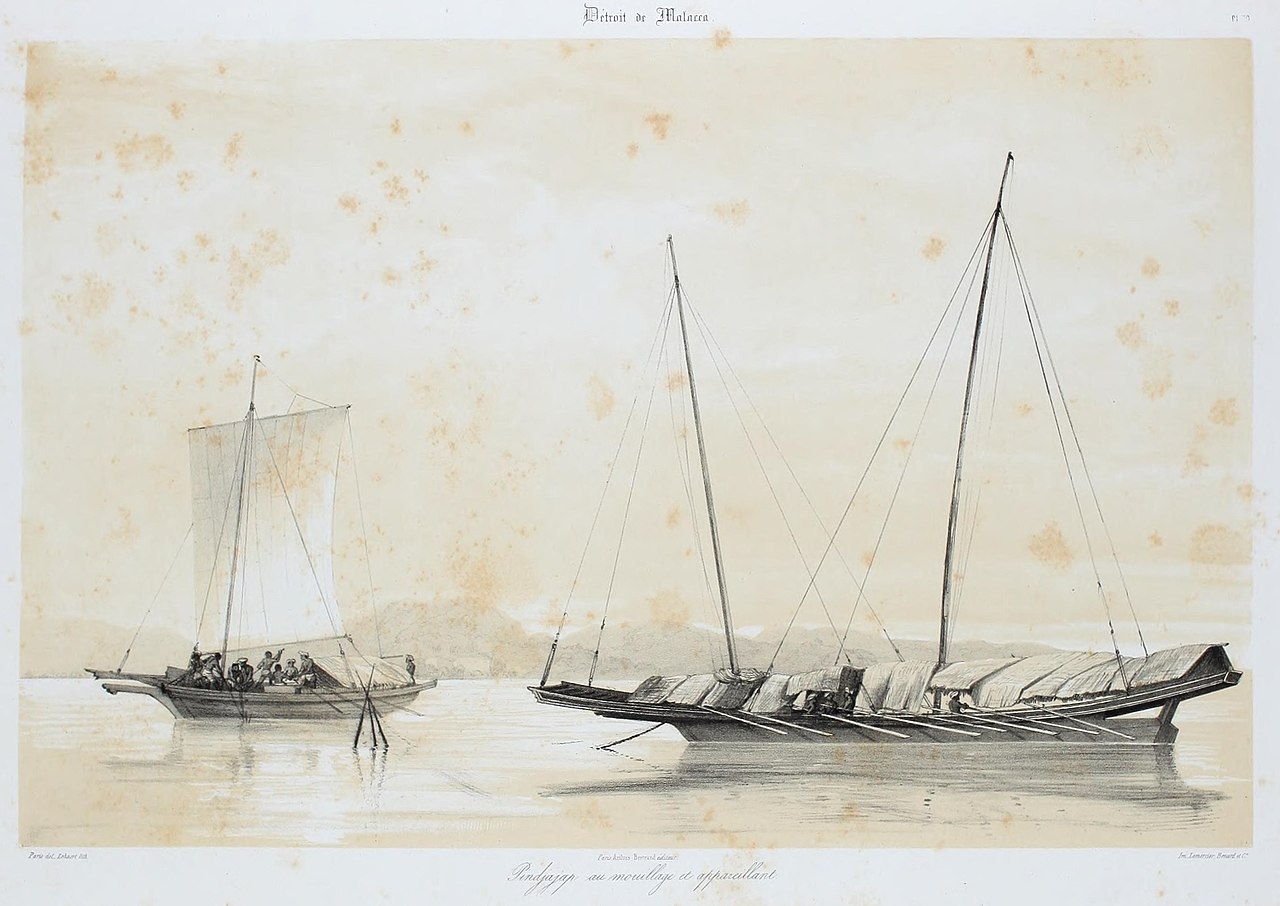It's very sad that boat-making which was seemingly around as far back as 2,000 years ago based on the Periplus of the Erythraean Sea describing "sewn boats" like those of the more recent Indian Ocean being used along the Somali coast:
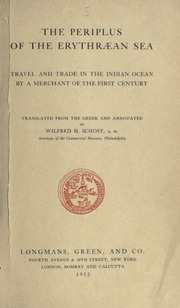
These boats have a long history in our lands and were made and used in various different classes, sizes and forms until very recently:
Thought I'd share some pictures so some folks here can see this part of Somali culture and history:
Coastal town dwellers and fisherman were always a part of the demographics of Somali society, making up about 10% of even areas like "Majeerteenia":
Too bad this style of boat-making has mostly been lost now. I would to love to see a revival and resurgence as we share in this culture with groups like Khaleejis, Swahilis and various coastal Indians who still preserve these types of boats.
The Periplus of the Erythraean Sea : travel and trade in the Indian Ocean : Schoff, Wilfred Harvey, 1874-1932 : Free Download, Borrow, and Streaming : Internet Archive
Bibliography of the Periplus: p. 17-21
archive.org
These boats have a long history in our lands and were made and used in various different classes, sizes and forms until very recently:
Thought I'd share some pictures so some folks here can see this part of Somali culture and history:
You don't have permission to view the spoiler content.
Log in or register now.
Coastal town dwellers and fisherman were always a part of the demographics of Somali society, making up about 10% of even areas like "Majeerteenia":
Of a total population of 82,653 for the Mijertein region, 59,554 are pastoralist, 5,297 agriculturalist-pastoralist, 920 sedentary cultivators, 9,692 fishermen and sailors, and 3,097 merchants. - Peoples of the Horn of Africa: Somali, Afar and Saho
Too bad this style of boat-making has mostly been lost now. I would to love to see a revival and resurgence as we share in this culture with groups like Khaleejis, Swahilis and various coastal Indians who still preserve these types of boats.

